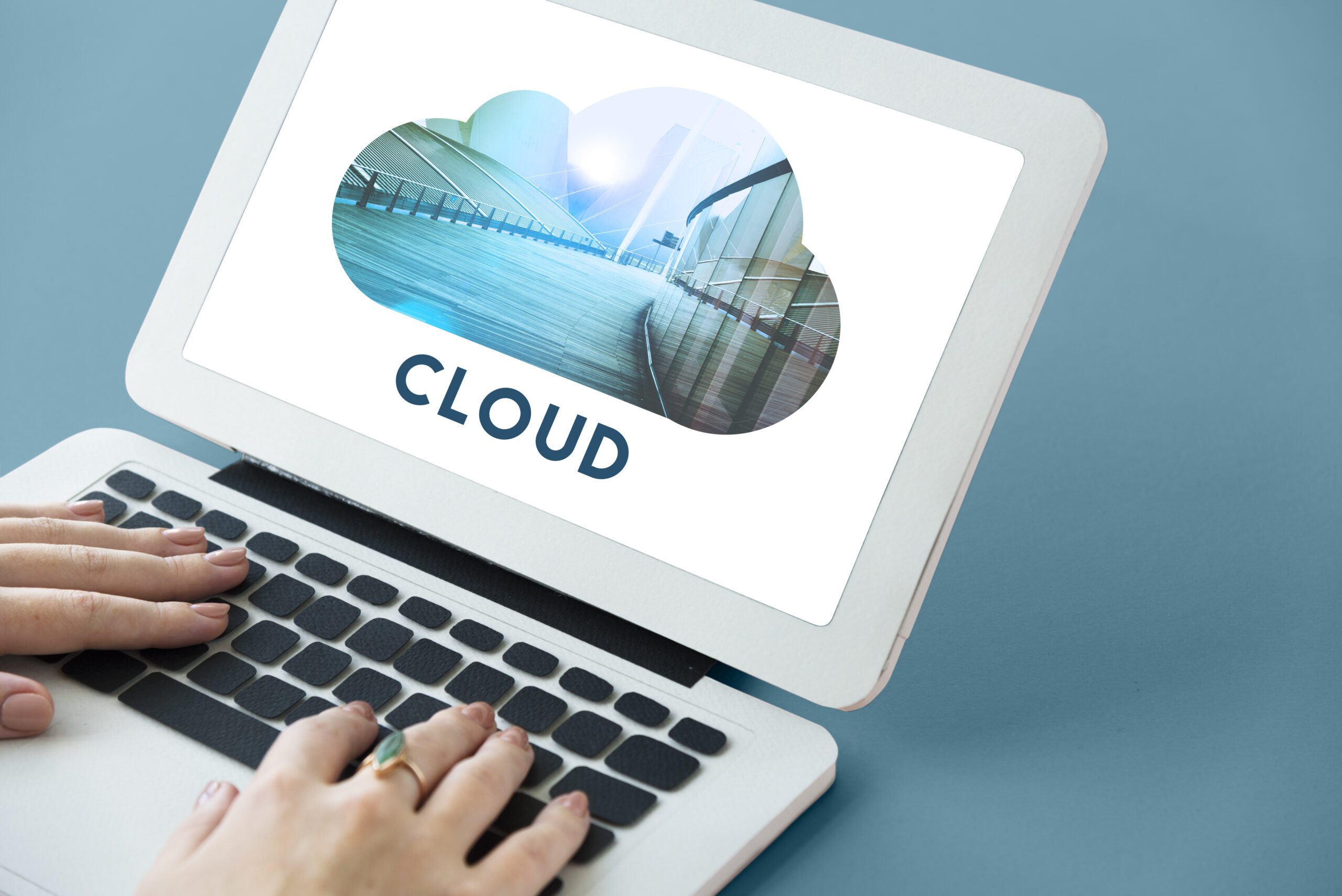Ultimate Checklist for Securing WordPress Site
Use a Strong Password and Secure Username
One of the most basic, yet most easily overlooked security practices is a strong and unique password. Steer clear of common usernames such as “admin.” Make sure your password includes a combination of uppercase and lowercase letters, numbers, and special characters.
Tips
- Utilize a password manager, which will help you generate complex passwords and store them safely.
- Change your passwords frequently.
Keep WordPress, Themes, and Plugins Updated
- Auto-enable WordPress core and plugins to update automatically.
- Keep checking on updates on the theme, apply them as soon as you find them.
Install a WordPress Security Plugin
A security plugin is, therefore, important in as far as monitoring on your website, particularly malware or malicious activities and unauthorized logins, are concerned. Among the best WordPress security plugins are the following:
- Wordfence: Firewall and malware scanner.
- Sucuri Security: The feature monitors and gives up the information of malware.
- iThemes Security: A robust tool with more than 30 ways to shut down your site.
Features to Look for in a Security Plugin:
- Firewall protection
- Malware scanning
- Brute-force attack protection
- Login monitoring
Enable Two-Factor Authentication (2FA)
Adding another layer of security to your system is two-factor authentication, which can be depicted as 2FA because you are required to provide another form of authentication apart from the password, such as getting a text message or authentication app.
How to Enable 2FA:
- Use plugins like Google Authenticator or WP 2FA to integrate 2FA into your login process.
- Require 2FA for all users, especially admins and editors.
Limit Login Attempts
WordPress, by default provides unlimited login attempts, which makes it extremely vulnerable to the brute-force attacks. Limiting the number of login attempts will result in the blocking of the IP address after a few incorrect attempts.
How to Install It:
- Install the Limit Login Attempts Reloaded or Login Lockdown plugin.
- Then set this plugin to block an IP after 3-5 failed attempts.
Change Default Login URL
Hackers often try to login into WordPress using the default login page. This is usually at yourwebsite.com/wp-admin. Changing the login URL is an easy way to make it a bit tougher for them to locate and attack your site.
Steps to Change Login URL
- Utilize the following plugins: WPS Hide Login- it changes the login page URL.
- Use a customized URL known only to authorized users instead.
SSL Encryption
SSL stands for Secure Sockets Layer. It encrypts information exchanged between your website and the users accessing it. This means you are going to need an SSL certificate in order to transfer sensitive information securely and to increase the credibleness of your site.
How to Install SSL:
- Download your SSL certificate from the web host, or use Let’s Encrypt for a free SSL certificate.
- Install and Activate SSL via Really Simple SSL plugins.
Regular Backup of Your Site
You will need regular backups to recover your site if it is compromised. Automated backups help save time and ensure you have access to the latest version of your site.
Recommended Backup Plugins:
- UpdraftPlus: It has automated backup and cloud storing.
- VaultPress Backs up your site daily and restores with just one click.
Use a Secure Hosting Provider
However, a quality hosting provider is crucial for security purposes for your site. See what you should look for in a host:
- Daily backup
- SSL certificate
- Security monitoring 24/7
- Firewalls and DDoS protection
Recommended Hosting for WordPress Sites
- SiteGround: Great security features.
- Kinsta: Offers for cloud-based security and monitoring.
- WP Engine: It provides complete security and backup facility.
Scan for Malware and Vulnerabilities
Scan your WordPress website regularly for malware and vulnerabilities to catch problems before they hit. Security plugins also provide for the scanning of malware, where they will notify you if there’s a problem with your site. Included in the security plugins is Wordfence and Sucuri.
Scanning Steps
- Schedule daily or weekly scans.
- Set up email alerts for any suspicious activity.





